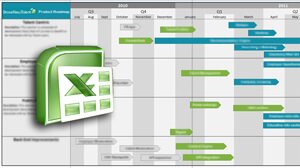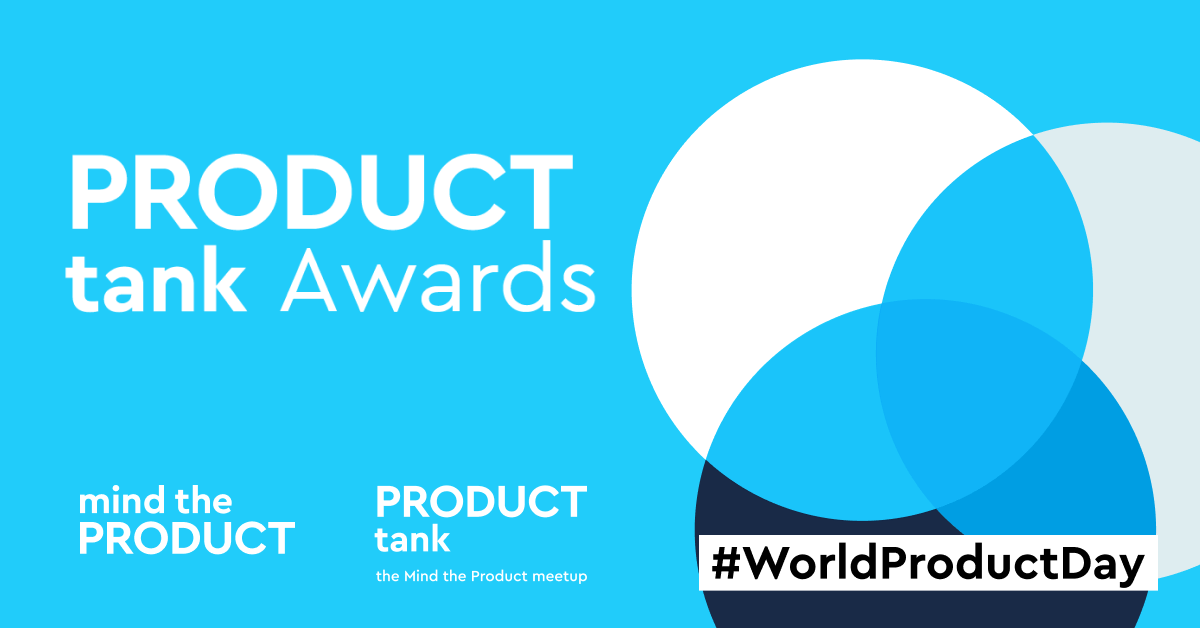
Too often, a roadmap becomes a tangled mess of blocks, arrows, notations, and scribbles. When fully digested and understood, sure, it might accurately depict where you're taking the product, but it generally looks plain scary or incomprehensible to the rest of your company.
In order to keep your roadmap under control, remember its purpose: Your roadmap is supposed to be a visual representation of your long-term strategy.
It's equally important to remember what it's not: It's not a Gantt chart, or a detailed release plan. It's not a promise of delivery, or a depiction of user numbers or revenue.
Instead, it's a high level look at how your product strategy will align itself with the business strategy and help the rest of the business meet objectives.
Choose the right format

When I started off in product management, my first roadmap was simple, and over time, I developed it into a much more functional version that allows me to update quickly. I'm happy to share copies of a roadmap template I've created and iterated on using Excel.
Get the right level of detail
The roadmap shouldn't include every feature you plan on releasing along the way. When it boils down to it, you're putting a feature into the mix because it makes up a larger piece of the puzzle. Assuming you've got your priorities in line, those large pieces should make up a series of blocks that represent a business objective or a strategic goal.
Resist the urge to cram every feature into it, even for the short-term representation.
Make it visual
Break your roadmap up into streams or sections so that it's clear which areas are setting out to achieve various business objectives or cater to various key users.
Use symbols or colours to depict associations or statuses. Make use of various shapes to outline a flow, or introduce dotted lines to insinuate uncertainty. This doesn't need to be (and shouldn't be!) complicated, but should aid the presentation of the items on the roadmap as a whole.
Finally, don't be afraid to toss it out and start fresh when an old format doesn't suit your current needs.
Update:
Since writing this article, I've gone on to really tackle this. I've paired up with Simon Cast to build a product roadmap tool called ProdPad. It allows you to gather ideas from your team, flesh them out into specs, outline your products and your product lines, and put it all on to a product roadmap.
Best of all, it also has packages that will fit your company, whether you're a startup or whether you're part of a huge team with a big product portfolio. Have a look at our Plans and Prices.







